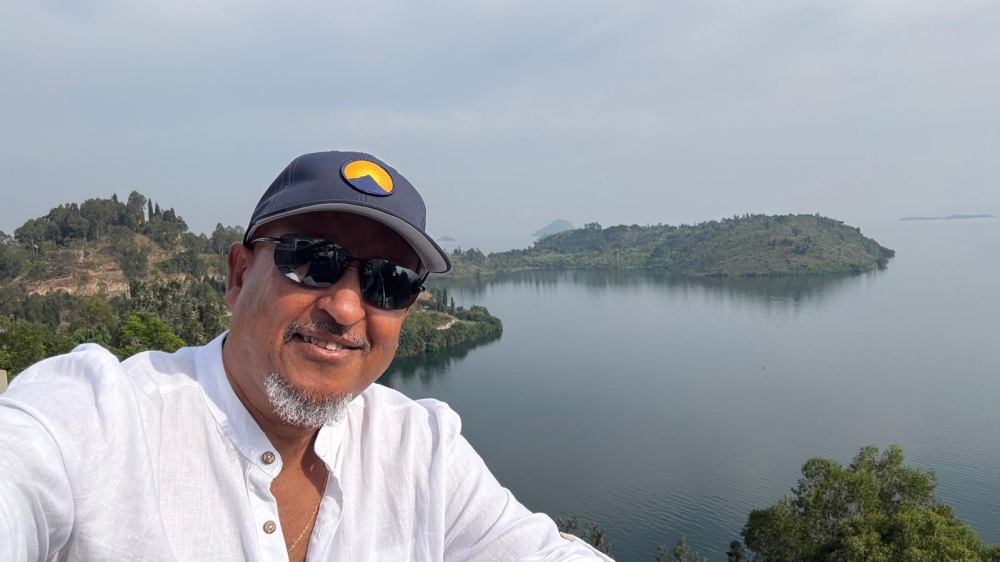Piles are swellings in the anus or lower rectum (the lowest part of the bowel that expels fecal matter of the body). These swellings can be external or internal. There may be pain or pruritis of varying degree.


Piles are swellings in the anus or lower rectum (the lowest part of the bowel that expels fecal matter of the body). These swellings can be external or internal. There may be pain or pruritis of varying degree. Technically, piles, are known as hemorrhoids because they occur due to the swelling of small veins in the lower part of the rectum or anus. The hemorrhoids may be external or internal to the lumen. At times, the swelling or congestion of the veins is severe enough to cause rupture and bleeding. This is alarming to a person when they see blood passing out with stool.Hemorrhoids can occur at any age but are rare in children or adolescents. They may be mild and only protrude if strained. However, in advanced cases, they are on the exterior, causing permanent discomfort.In adults, they occur due to multiple reasons. Chronic constipation is the most common reason. When one strains hard stool, pressure is exerted on the group of small veins presented at the lower end. As a result, they become engorged. Advanced pregnancy similarly exerts pressure on the veins, forcing them to rupture. If the woman is constipated, this adds pressure to the aggravating piles. Obesity, lack of exercise and sitting for long hours continuously are other risk factors that cause piles.In elderly people, muscular support to the wall of the rectum is reduced due to weakness and this may induce hemorrhoids. Excess coughing, lifting heavy weights and standing for long hours are other risk factors that precipitate hemorrhoids.Once somebody develops piles, they suffer pain and swelling in the anal region. The symptoms can be acute or chronic, mild or severe depending on the onset and amount of venous network affected. When the vessels rupture, there is bleeding which can range from a few drops to actual hemorrhaging, again depending on the veins affected.In the case of long standing piles, there is dryness and some infection. This aggravates pain and causes itching.With time, some hemorrhoids wither away and some new ones are formed.Diagnosing piles is very simple – a simple manual examination of the rectum reveals them.Treatment mainly depends on treating the cause. If the factor inducing piles is persistent, the suffering will continue.One should take adequate amount of water, high fiber food and exercise to prevent constipation. If there is a chronic cough, it should be treated. Somebody suffering from piles should avoid lifting heavy weights. Surgery is the ultimate treatment for hemorrhoids, if they are severe and disabling to the person. However, remember that the surgical removal of piles carries all the risks of a major surgery like infection, bleeding e.t.c. Moreover, if the reason for causing piles continues e.g. chronic constipation, there is a high risk of relapse of piles with the same or even greater intensity. Therefore, surgery is best avoided.One of the simplest treatments, which can be done at home, is a hot sitz bath. An individual should take a small tub or basin full of tolerably hot water and sit in it, on the buttocks for 2 or 3 times every day. This helps the piles reduce in size and shrivel up. After passing stool or urine, an individual suffering from piles should clean the perinea region very well with a wet tissue and try to push the piles inside. Another conservative technique used by doctors is to tie rubber bands at the base of piles. This stops the blood supply and the piles dry up. At times, a drug called adrenaline is injected at the lower end of piles, this curtails the blood supply to the hemorrhoid and helps them reduce in size. Ointments are available for local application to treat piles. Try to avoid surgery as much as possible.




